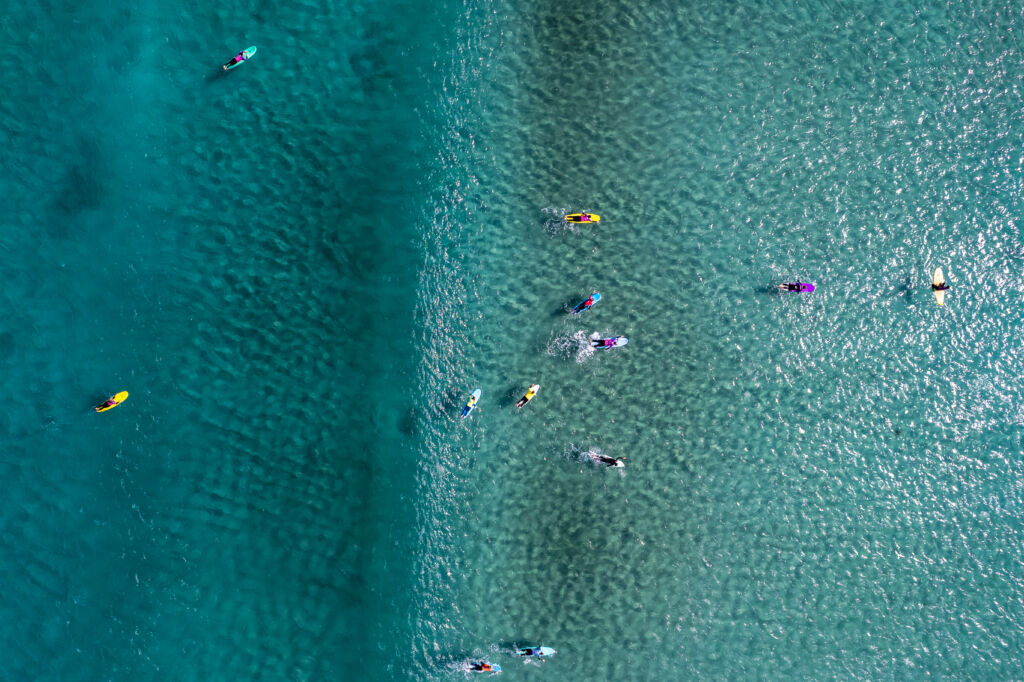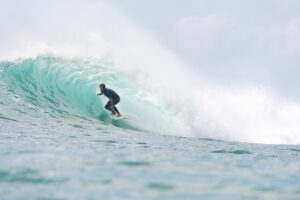Understanding Swell and Where Swell Comes From

As the summer heat brings beach-goers out in droves, you may start to hear about different types of swells, particularly hurricane swells. There are three main types of swell: groundswell, windswell, and hurricane swell, each with its own characteristics that affect the way waves form at a particular beach. However, beach conditions can also be influenced by factors such as changes in the sand and rock formations, so there are no hard and fast rules.
Groundswell
Groundswell refers to swells that have traveled more than 500 miles to reach a beach. In California during the winter months, groundswells are generated near the Aleutian Islands in Alaska and travel south in a northwesterly direction. Beaches facing north or west tend to receive the swell more directly, while south-facing beaches may experience smaller waves. The period of groundswells tends to be longer, resulting in more powerful waves. In the summer, groundswells come from the South Pole near New Zealand. Groundswells can be fun but also dangerous for beginners due to their long intervals, which can create longer lulls between sets. Additionally, groundswell size can change drastically from set to set.
Windswell
Windswell, on the other hand, is produced by winds over a shorter distance of less than 500 miles from the coast. Windswells tend to be weaker, with shorter periods and usually not as large as groundswells. Short periods make for shorter waves. Unlike groundswells, windswell has very short lulls and are more consistent in size from set to set. Windswell tends to be peaky and less seasonal than groundswells, often following the same pattern, but it is not unusual to have north or northwest windswell in the summer. These waves are produced from local winds, usually after a very windy day, and can result in peaky waves that typically work better with beach breaks. However, conditions can be an issue.
Hurricane swells
Hurricane swells are famous summer swells in Southern California, typically having a southerly or southeasterly direction and originating from hurricanes forming at the southern tip of Baja Mexico. These swells tend to be powerful due to the proximity of the storm and can light up beaches that were previously un-surfable. Hurricanes start as tropical depressions, then turn into tropical storms, which are assigned numerical names by the Weather Service. Once they reach hurricane status, they are given a human name, with names being assigned alphabetically to the season. Hurricane season runs from summer to October, with August and September being the peak months.
Understanding swells, directions, and conditions requires a scientific approach. It takes time to figure out where and when to find the best waves. Keeping a surf journal with information about direction, periods, and conditions can be a helpful tool for becoming a skilled surf forecaster. Remember, “when in doubt, don’t go out,” and always be sure to observe the set waves before paddling out during lulls. Understanding weather is just as important for surfing as paddling, so mastering this knowledge can make surfing even more fun!





